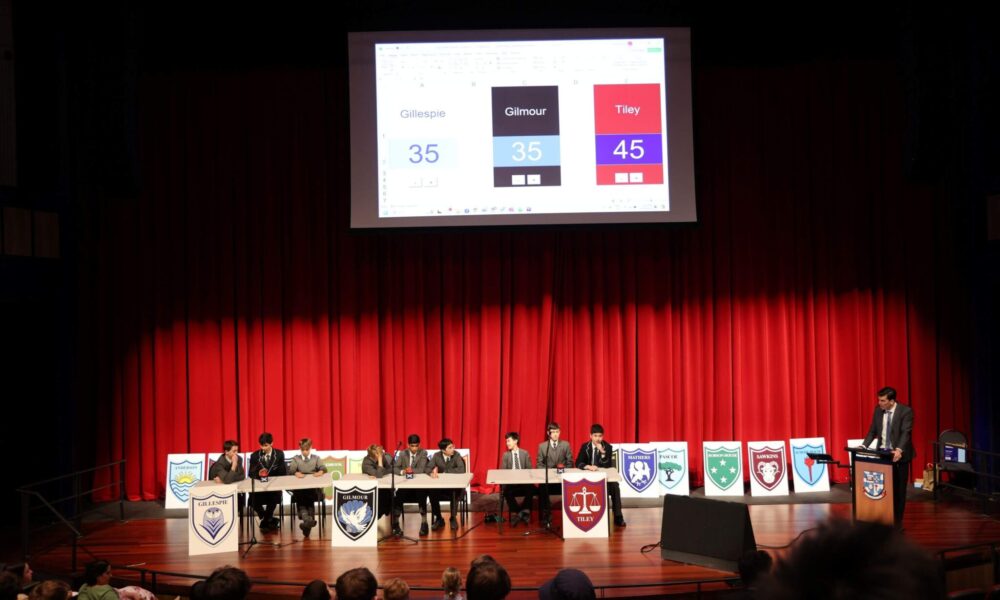
Science Week
Next week, to celebrate National Science Week, there will be events and activities across the School for all students to enjoy. Everyone is welcome to cheer on their House at The Smart Science House Quiz every lunchtime in the Smith Auditorium, with the Grand Final on Friday. Year 7 will work in teams to build a catapult, Year 8 will learn about the Ice Age from Geologist, Dr Samuel Boone, Year 9 will build a contraption for the popular Egg Drop, and Year 10 will enjoy a Virtual Reality experience. There are Escape Room activities for Years 7, 8 and 9, and all students can collect clues around the School to win prizes in the Treasure Hunt.
Science Department
